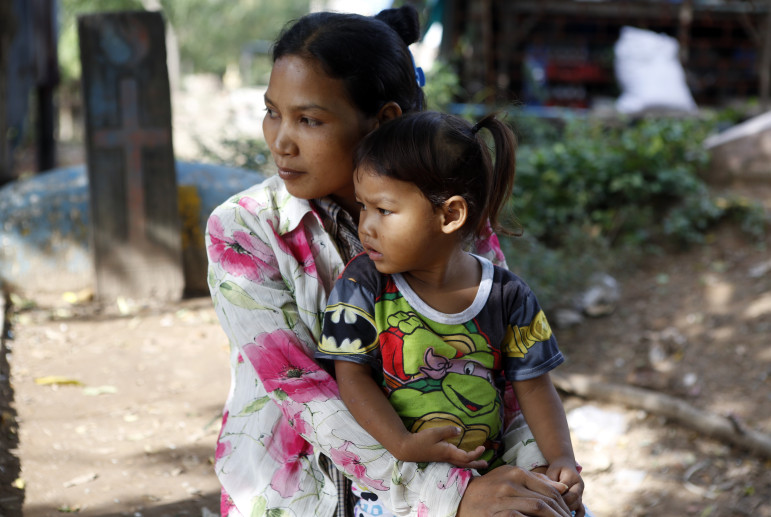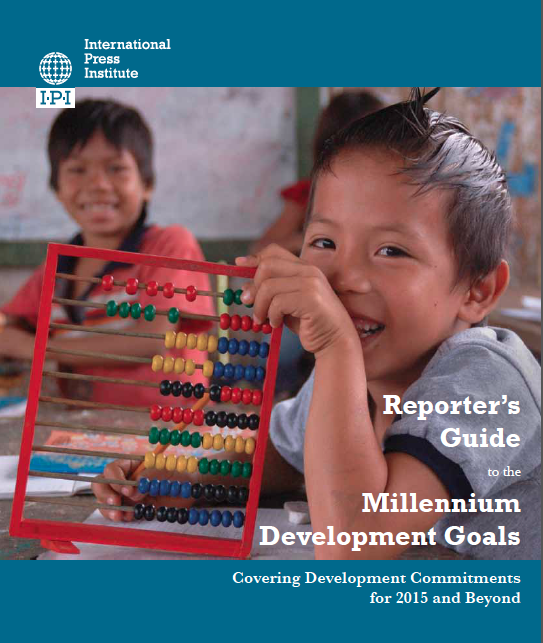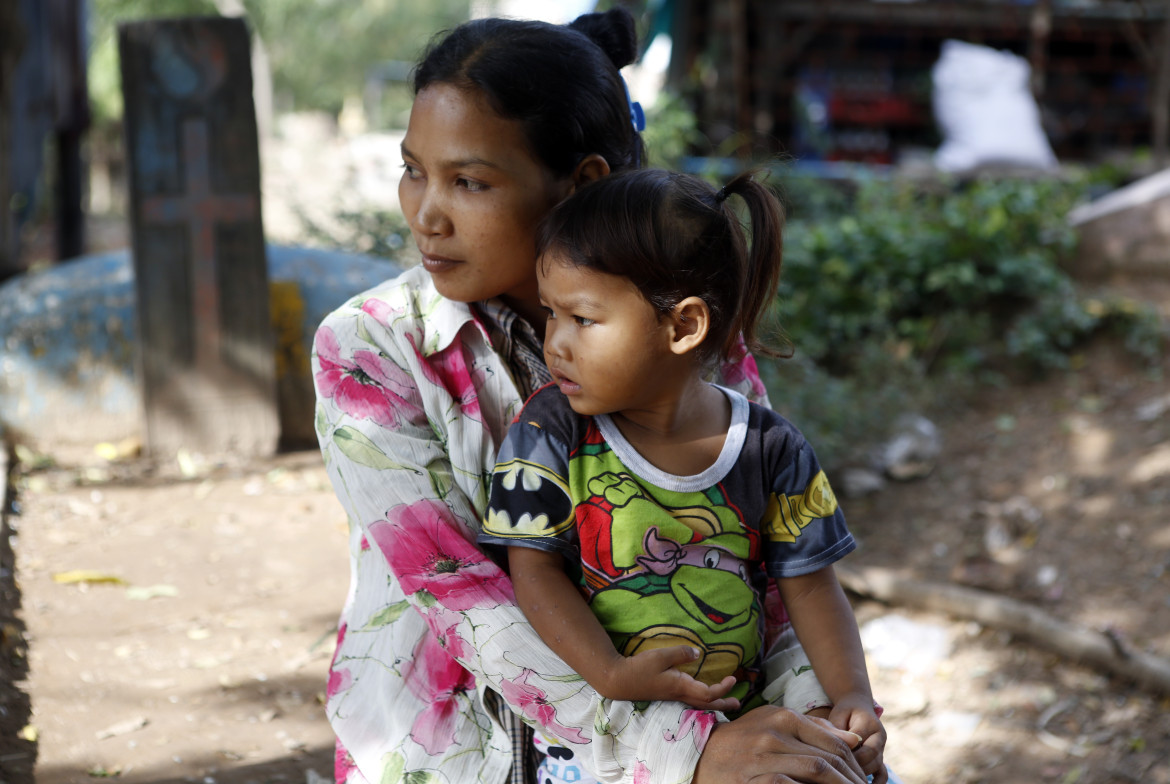

“All Readers Now Are Global” — Busting Myths on Int’l Reporting
 Part 3 of a series GIJN is excerpting from the Reporter’s Guide to the Millennium Development Goals: Covering Development Commitments for 2015 and Beyond, published by the International Press Institute.
Part 3 of a series GIJN is excerpting from the Reporter’s Guide to the Millennium Development Goals: Covering Development Commitments for 2015 and Beyond, published by the International Press Institute.
With two and a half years to go until 2015, the deadline to achieve the Millennium Development Goals (MDGs) progress has been mixed. The spread of some diseases, such as HIV/AIDS, is being brought under control. In China, the proportion of people living on under a dollar a day has been halved. At the same time, though, the number of those living on under a dollar a day in sub-Saharan Africa has dropped by a measly one percent.
Why such uneven progress? One reason is trade barriers, poorly understood by those in the global north, that prevent business people in southern regions from competing globally. Another is endemic corruption in developing countries that diverts development aid from its goals.
Both these issues make covering development issues and developing world themes all the more crucial. Northern audiences need to be aware of the impacts of their actions on the south. Southern officials need to know they are likely to be held publicly accountable for their actions. It is only then that the rights and aspirations of poor people will stand a chance against such barriers and corruption.
Many reporters and editors from mainstream media outlets in North America labor under the misperception that southern issues are of little interest to northern audiences. Why, according to this view, should northern reporters care about the MDGs? Yet according to extensive reader surveys carried out by the Toronto Star, Canada’s largest broadsheet newspaper by circulation, the lack of audience for news from the south is a myth.
According to current Star editor Michael Cooke, readers want more world news. As such, the paper launched a new 12-page weekly supplement in October 2011 to meet this demand. This additional section, he explains, includes stories partially geared toward the large ethnic population in Canada that clamors for news from home. It also includes stories that simply explain what is happening in developing countries, and why.
Mary Vallis is one of the editors working on the new section at the Star. In her view, reporters should care about covering stories from Africa in particular because it is simply good business. That is because news, for her, is all about perspective. By writing about how a woman in Africa gives birth at home, she explains, readers can form an immediate contrast to their own experiences in North America’s hospitals and clinics. “Immediate contrast,” she says, “has impact.” And impact generates audience.
The Toronto Star is published in one of North America’s most competitive news markets: Toronto. Nowhere in Canada is the competition stiffer than between the Star and the Globe and Mail, Canada’s national newspaper. Yet reporters and editors at the Globe broadly echo Vallis and Cooke’s sentiments.
According to veteran reporter Paul Koring, covering development or human rights is a simple matter of getting the best story. “In authoritarian places, almost everything can be expressed in the powerlessness of the individual,” he says. “Stories about individual rights—or the lack thereof—are what life is all about.”
Business and technology writer Iain Marlow has a slightly more macro analysis. In Marlow’s view, business and politics are truly global nowadays. Supply chains, human rights, and trade all have global angles and global roots. These things matter, Marlow argues, both to Canada’s politics and to its corporations, as well as to Canada’s material well-being and the structural well-being of others in other countries.
Isolated, impoverished countries do not only suffer in their own right; they also fuel domestic, regional, and global instability. Moreover, certain stories defy borders. And in some cases, for example when reporting on local corruption in India’s telecom industry, Marlow’s editors judged the story to be of interest to Globe and Mail readers simply on its own merits—as a gripping narrative lending insight into the digital development of the world’s second most populous country.
“All readers now are global,” Marlow concludes. “The Web gives good stories a life of their own. And in a city like Toronto, we have tons of readers who do business in these countries, and tons of readers who come from these countries. It is of value to all of them for us to report on these countries accurately and thoroughly.”
One point that another Canadian journalist, award-winning freelance writer Christopher Watt, is at pains to stress, however, is that stories on development themes from the global south are often far more expertly reported on by southern journalists writing for northern markets, than by northern correspondents on short visits. “A great deal of foreign reporting generated by Canadian reporters overseas is actually generated by fixers,” Watt says. “They do the real work.”
Not only is the southern journalist at an advantage because of his or her local knowledge, Watt argues, he or she also can more frequently and more expertly provide appropriate local context for a story. This helps prevent embarrassing mistakes. “A recent item in one Canadian paper described a ‘drinking dispute’ in a certain neighborhood in Istanbul,” Watt says. “I called this neighborhood home for several years and therefore knew that the dispute has existed for at least a decade. It was of dubious news value, and had nothing to do with ‘drinking’!”
What local journalists need to bring to the fore, Watt concludes, are things foreign editors themselves do not know. He or she then needs to identify stories that are likely to appeal to that editor’s audience.
Despite the views of those reporters and editors queried above, astounding gaps in foreign coverage still remain, thanks in part to shrinking advertising dollars and smaller budgets. It is these gaps that local reporters in the south are well poised to exploit.
The consequences of a local journalist in the south being able to do just that are significant. Foreign news coverage in Canada or other developed countries can provoke changes in foreign policy that, in turn, might even affect the journalist’s life. That is the kind of power journalists writing for northern audiences should seek to leverage. After all, the capacity to wield it is often but an e-mail address away.
Rachel Pulfer is executive director of Journalists for Human Rights. A print journalist of 10 years’ standing, her last position was as the U.S. correspondent, editorial board member, and columnist for Canadian Business—Canada’s national business newsmagazine. In 2009-2010 she was a Canadian Journalism Fellow at Massey College, University of Toronto. In addition to her work at JHR, Rachel also works as a contributing editor for Corporate Knights, a Toronto-based magazine focused on corporate social responsibility. She has freelanced for publications ranging from The Walrus to Toronto Life, and has been nominated for three National Magazine Awards for feature writing and the editing of editorial packages.
Excerpted from Reporter’s Guide to the Millennium Development Goals: Covering Development Commitments for 2015 and Beyond. Agreed to in 2000, the UN Millennium Goals comprise an ambitious agenda to improve quality of life around the world, focusing on such issues as poverty, gender equality, and education. This unique manual, available in four languages, offers journalists practical tips on covering these critical areas as we near the 15th anniversary of the goals. Twenty-one journalists across six continents contributed to the report, including several active in GIJN. We are grateful to the publisher, the International Press Institute, for permission to publish the series, and to the European Press Photo Agency and EFE Agency for permission to publish the accompanying photos.











